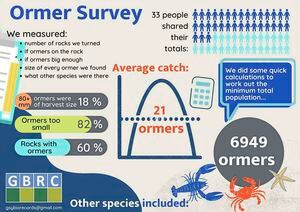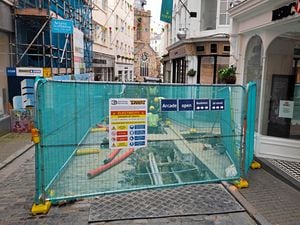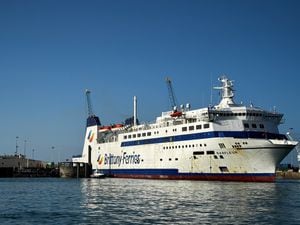Surveys carried out to monitor population levels
ORMER surveys have been taking place this year to monitor local population levels.

When islanders are out ormering they are asked to send in catch sizes via Facebook message or email to the Guernsey Biological Records Centre.
Further data is due to be collected today to update information when the season is over.
‘Some interesting data is already emerging,’ a Guernsey Biological Records Centre spokesperson said.
‘At the end of February we asked people on social media to send in their catch totals and location and using the initial survey data we can calculate a minimum population size for our ormers. Once ormer season is over the final data will be published, although precise location data will be blurred.’
Counting undersized ormers can offer important data.
‘Several people are now counting the number of undersized ormers they find and at present just 18% of the ormers we measured were big enough to harvest. More ormer measuring is needed before any robust analysis on population distribution can be done, but initial results are positive.’
So far the largest ormer reported was 120mm long.
Controls included the numbers of rocks turned, if ormers are on the rock, if they are big enough, the size, and what other species were there.
On 60% of rocks turned, ormers were found, and other species included lobster, crab and starfish.
This data has been collected from 33 ormerers since February, covering eight locations, which revised the minimum local population size to 6,949 ormers.
‘Clearly our population is much larger than this, as not every harvest has been submitted, nor every ormer counted, but it’s a starting point.’
Quantities collected have varied from one to over 100, but the average is around 20 ormers in one catch.
Representatives from the centre will be out surveying populations on the 0.4m tide to measure ormers, especially those under 80mm.
Visit facebook.com/GuernseyBRC/ or contact gsybiorecords@gmail.com with ormer records.





